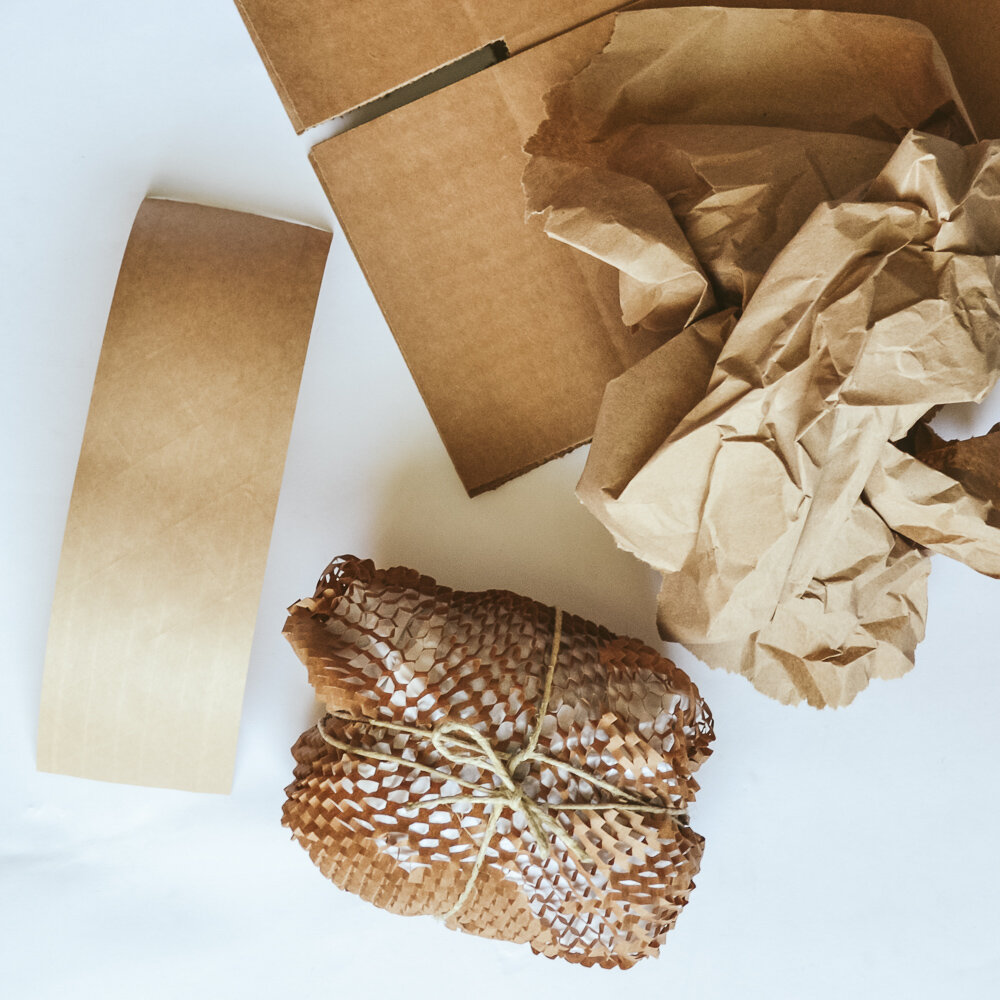Foldable boxes have become increasingly popular in various industries due to their convenience and versatility. These boxes are designed to be easily folded and assembled, making them ideal for packaging, storage, and transportation purposes. In this article, we will delve into the different materials used for manufacturing foldable boxes, highlighting their unique properties and applications.
- Corrugated Cardboard:
Corrugated cardboard is one of the most commonly used materials for foldable boxes. It consists of three layers: an inner fluted layer sandwiched between two outer flat layers. This construction provides excellent strength and durability, making it suitable for heavy-duty packaging and shipping. Corrugated cardboard is also lightweight, cost-effective, and environmentally friendly, as it is made from recycled paper. - Solid Bleached Sulphate (SBS) Board:
SBS board is a high-quality paperboard that offers a smooth and glossy surface. It is commonly used for luxury packaging, such as cosmetics, electronics, and premium consumer goods. SBS board provides excellent printability, allowing for vibrant and detailed graphics. Its rigidity and foldability make it an ideal choice for foldable boxes that require a sophisticated appearance. - Polypropylene (PP) Plastic:
PP plastic is a versatile material widely used in the production of foldable boxes. It offers excellent durability, moisture resistance, and chemical resistance, making it suitable for various industries, including food and beverage, pharmaceuticals, and automotive. PP plastic foldable boxes can be easily cleaned and reused, providing a sustainable packaging solution. - Polyethylene Terephthalate (PET) Plastic:
PET plastic is known for its clarity, strength, and recyclability. It is commonly used for transparent foldable boxes, allowing customers to view the contents without opening the packaging. PET plastic offers good resistance to impact and temperature changes, making it suitable for storing and displaying a wide range of products, including electronics, toys, and personal care items. - Polyvinyl Chloride (PVC) Plastic:
PVC plastic is a durable and cost-effective material used for foldable boxes. It provides excellent chemical resistance, making it suitable for packaging pharmaceuticals, chemicals, and cleaning agents. PVC foldable boxes can be easily customized with various printing techniques, enhancing brand visibility and product presentation.
Conclusion:
Foldable boxes offer a practical and efficient packaging solution for a wide range of industries. The choice of material plays a crucial role in determining the box's strength, durability, appearance, and suitability for specific applications. Corrugated cardboard, SBS board, PP plastic, PET plastic, and PVC plastic are just a few examples of the materials used for manufacturing foldable boxes. By understanding the unique properties and applications of these materials, businesses can make informed decisions when selecting the most suitable material for their packaging needs.






+ There are no comments
Add yours